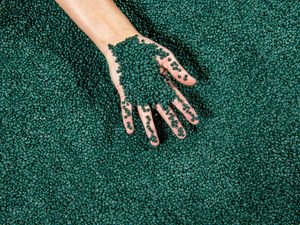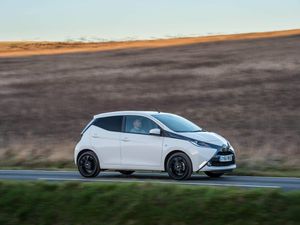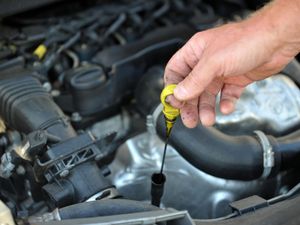BMW to use plastic parts made from recycled fishing nets in future vehicles
CO2 emissions are reduced by 25 per cent compared with conventional components.

BMW models launched from 2025 onwards will incorporate trim parts crafted from recycled fishing nets and ropes.
This new raw material will contain around 30 per cent recycled marine plastics and will then be used to trim areas of both the interior and exterior of the car. As a result, these components bring 25 per cent lower CO2 emissions compared to conventionally-made plastics.

This form of recycling also reduces the need for petroleum-based primary plastics, while at the same time helping to reduce ocean pollution.
To create these new trim pieces, BMW is working in collaboration with Danish firm Plastix. It takes fishing nets and ropes and puts them through a process which turns them into tiny plastic granules. Though marine plastics have already been used in the automotive industry, up until this point they have only been turned into fibres, whereas this new granule-creating process means that they can be used for injection moulding for the first time.
The raw materials made in this way can consist of around 30 per cent of recycled maritime plastic waste and can be incorporated in a number of ways throughout a car’s construction.
Recycled nylon is already being used in some of BMW’s models, in areas such as the floor mats on the electric iX and upcoming X1. Called Econyl, it also uses discarded fishing nets but combines this with worn floor coverings and residual waste from plastic production.





